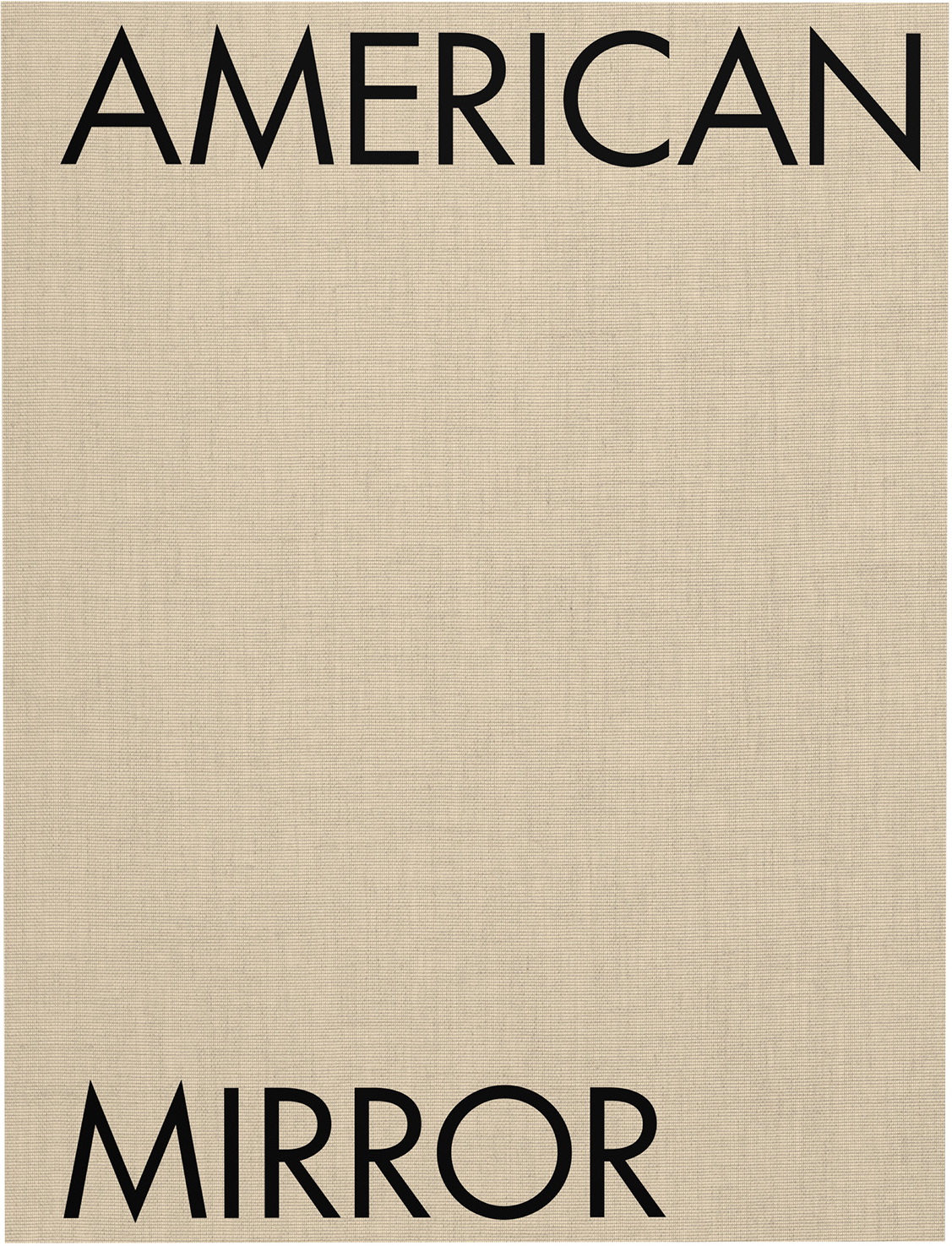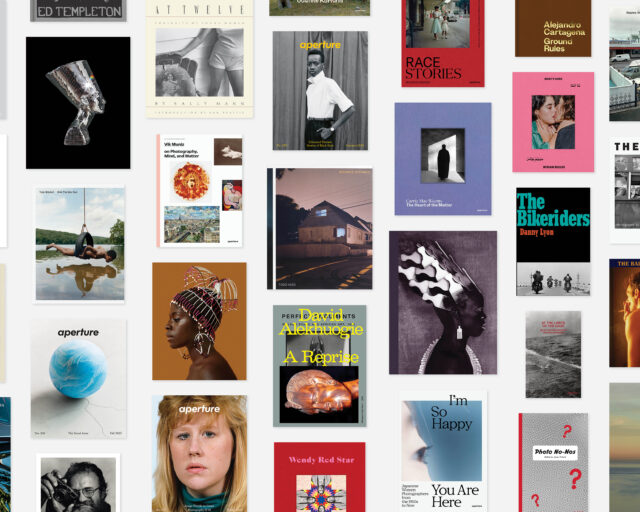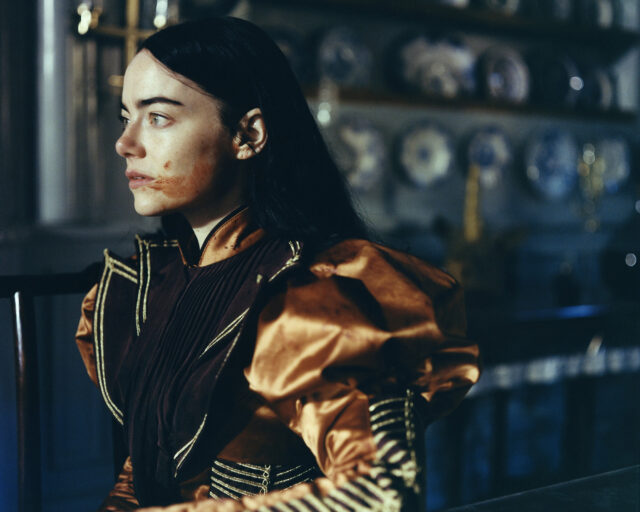Trent Parke from Cue the Sun (Stanley/Barker, 2022)
Courtesy the artist
From the very first issue of our magazine, Aperture has explored words and pictures and the relationship between them. As Nancy Newhall mused in that issue, now seventy years ago in the summer of 1952, “Perhaps the new photograph-writing—so new we have no word for it—is [. . .] the form through which we shall speak to each other [. . .] for a thousand years or more.”
Inspired (in part) by Newhall, we’ve asked a few Aperture colleagues to share their current favorite photo-adjacent titles while the Aperture PhotoBook Club pauses for a summer holiday. Below, read an eclectic mix that mirrors the many ways in which we engage with photographs, and the many ways in which they circulate in the world.
—Sarah Meister, Executive Director
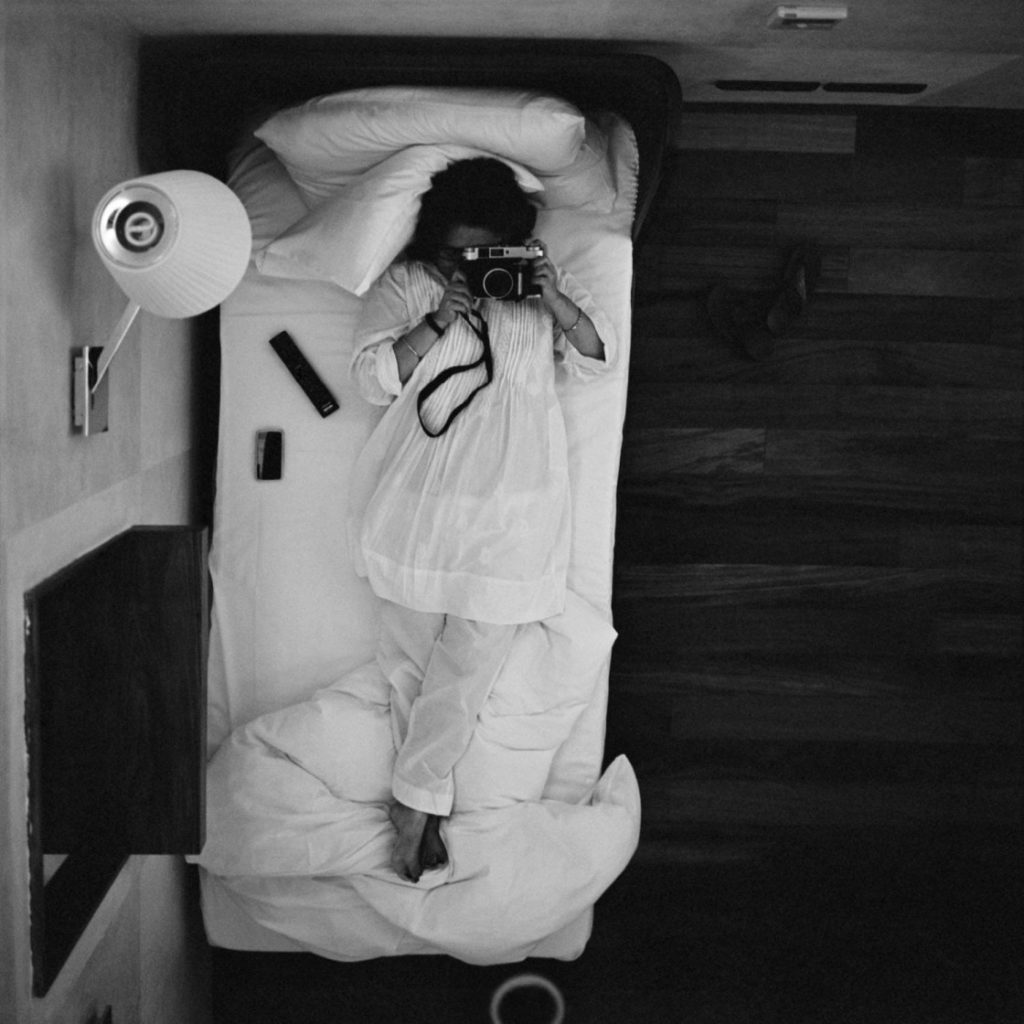
Courtesy the artist
Lesley A. Martin, Creative Director
As befits this self-proclaimed “offset artist”—who directly engages with bookmaking as part of her practice—Dayanita Singh produced two catalogues for her survey show at the Gropius Bau in Berlin, which ran from March 18 through August 7. The first is entitled Let’s See. Entirely visual, Singh calls the book a “photo-novel” of her journey as a young photographer. The second book, Dancing with my Camera, however, serves as a primer for those interested in the discourse that surrounds Singh’s expansive practice, and is just right for losing oneself in on a hot summer day. The texts are generous, intriguing. Curator Stephanie Rosenthal highlights the role of the artist’s “gut feeling” during editing, the unique aspects of Singh’s “photo-architecture,” and the way that she sees Singh’s photography as anchored in ideas of choreography. Teju Cole, Thomas Weski, and many others offer equally engaging takes on the work. For those of us who did not have the good fortune of visiting the show itself, there are plenty of installation shots and voices incorporated into the pages of this book—almost enough to imagine oneself there, in the most excellent of company.
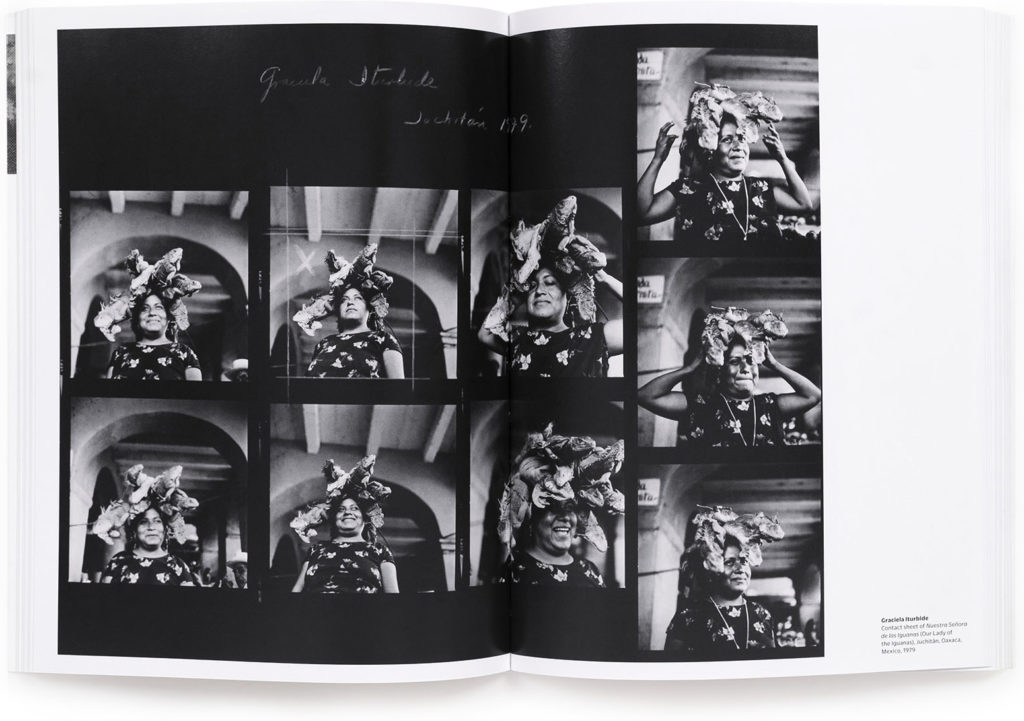
In the opening pages of Graciela Iturbide on Dreams, Symbols, and Imagination, Iturbide states: “Photography is a pretext to know the world, to know life, to know yourself.” This poetic, lyrical statement is the thread that draws the reader through this book, the most recent offering from Aperture’s Photography Workshop Series (the series as a whole could fuel an entire summer’s worth of reading). In this latest volume, Iturbide guides us through the stories of her most well-known images, as well as images we might not be as familiar with. One of Iturbide’s arguably most iconic photographs, Nuestra Señora de la Iguanas, for example, is accompanied by a contact sheet that shows the precise fraction of a second that “made” this image, alongside fascinating context from the shoot (who knew that the vendor had sewn the iguana’s mouths shut in order to keep them from biting!). In this book, as with Singh’s, you feel as though you’ve been granted access to incredible secrets, legacies, and profound and inspiring conversations about photography.

Noa Lin, Editorial Assistant, Books
Borrowing its name from the popular “anarchistic lizard,” Godzilla: Asian American Arts Network was a vibrant and influential collective, founded in 1990 by artists Ken Chu, Bing Lee, and Margo Machida. The group started as a forum for Asian American artists in New York City to share and develop ideas, but eventually became a nationwide organization that campaigned for the visibility of Asian Americans within the art world. Godzilla: Asian American Arts Network 1990–2001 is a sprawling anthology of the group’s activities and reproduces letters, photographs, publications, and other ephemera from their eleven-year period working. As I encountered the work of Godzilla for the first time through this book, I found it was not only an excellent introduction to their history, but a reminder of the power in community-building for marginalized people, and the necessity of continued political action within an often-exclusionary art world.
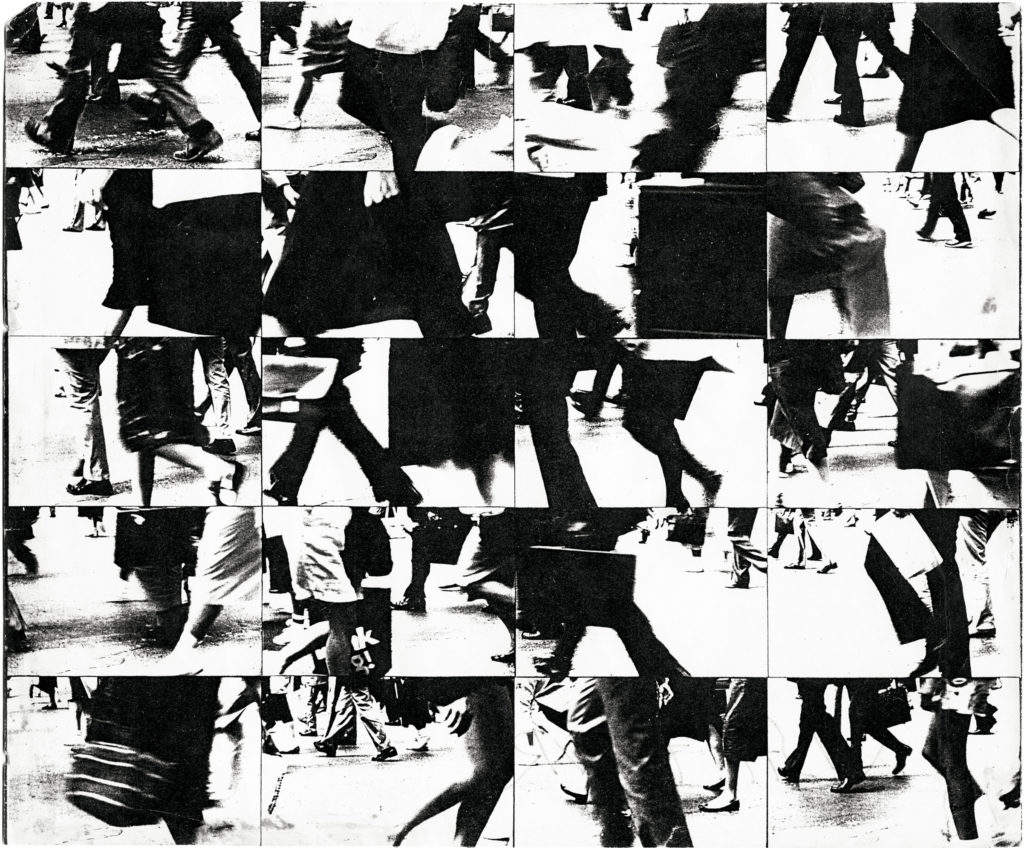
Courtesy the archive Bettina Grossman
I’ve also enjoyed discovering Bettina, which charts the work of Bettina Grossman, a prolific but widely unsung artist who worked in an incredible range of media. Her photographs, drawings, and sculptures are all striking and hypnotic, and as you see the breadth of her work throughout the book, you can begin to track the way she filtered the world around her into her artistic practice, transmuting the shapes and patterns of the cityscape into wonderful abstractions.
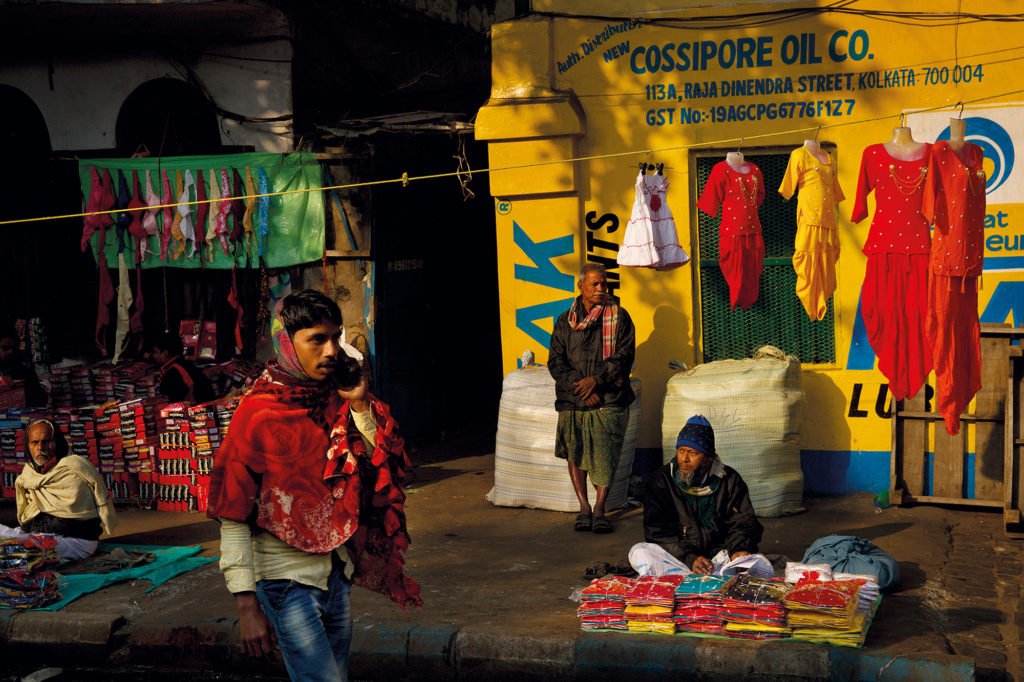
Courtesy the artist
Varun Nayar, Assistant Editor, Aperture
Trent Parke’s new photobook for Stanley/Barker—Cue the Sun—was somewhat accidental. After twenty-five years away, the Magnum photographer returned to India in 2020 to assist the Australian cricketer Steve Waugh with a photobook of his own. Traveling for eight to nine hours a day between shoots, Parke felt he had returned to a different country altogether, one governed increasingly by commerce and faith, and a new book began to take shape. With photographs made from his bus window, Cue the Sun tracks Parke’s journey across the vast north Indian countryside and bears stylistic traces from his previous work in Australia—night photography, dramatic use of flash, and the meandering focus of a road trip. Despite its lack of text, the book is sequenced like a travelog and designed as a fold-out double-printed concertina, splitting the images between night and day. Made just before COVID-19-induced lockdowns across India, I thought Parke’s transient views into pre-pandemic street life feel both striking in their detail and original in their approach.
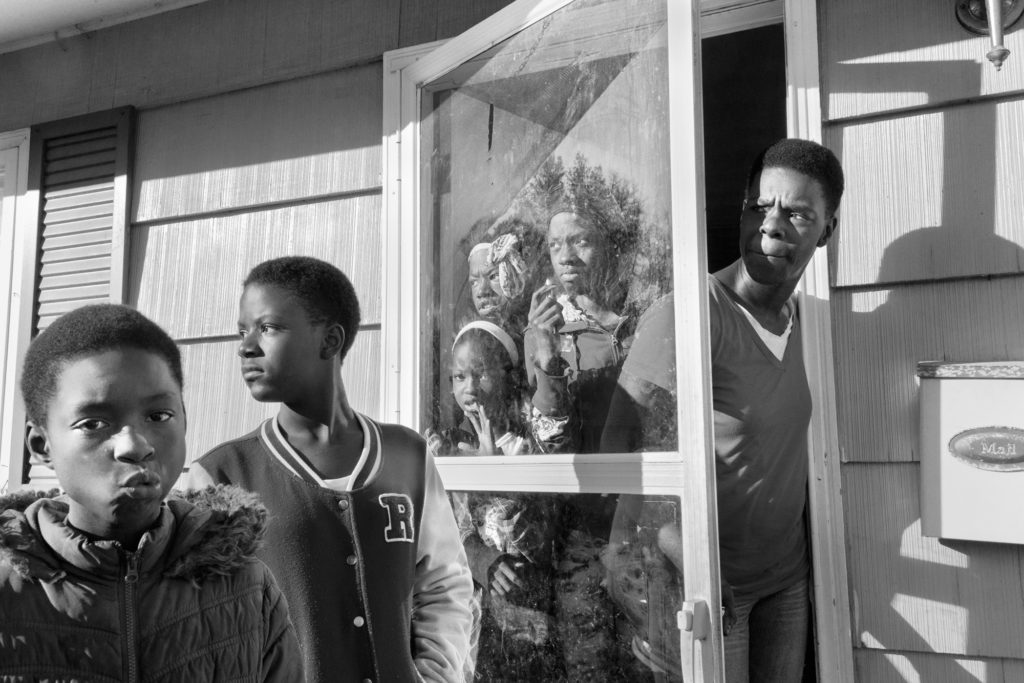
Courtesy the artist
Another, very different book I’ve been spending time with is the award-winning photographer Philip Montgomery’s debut monograph from Aperture, American Mirror. Having first discovered him through his work on the front lines of the COVID-19 response, I was delighted to see the book-length treatment, which highlights Montgomery’s natural talent for storytelling and his ability to bear witness in active and attentive ways. While each image tells a distinct story about the country’s recent past, from the opioid addiction crisis to protests in support of Black lives, collectively, as Jelani Cobb writes in an essay reproduced in the book, “these are simply scenes of life seeking to prolong itself.”
Sarah Meister, Executive Director
It was Richard Benson who first revealed the way in which my work might be enhanced by inviting in life (without him, I wouldn’t have dreamed of including my children’s handprints in an exhibition at MoMA!). When I read the fifty-plus contributions to Object Lesson: On the Influence of Richard Benson it’s apparent I’m not the only one. Benson loved photography, catalyzing that love into an exploration of why printed pictures look the way they do, and why we should care. As my colleague (and the book’s editor) Lesley Martin noted, Benson understood that the way photographic images are rendered is an integral part of how we connect with them, and by extension the world they represent. Our appreciation of both is enhanced when we follow his curiosity and careful attention.
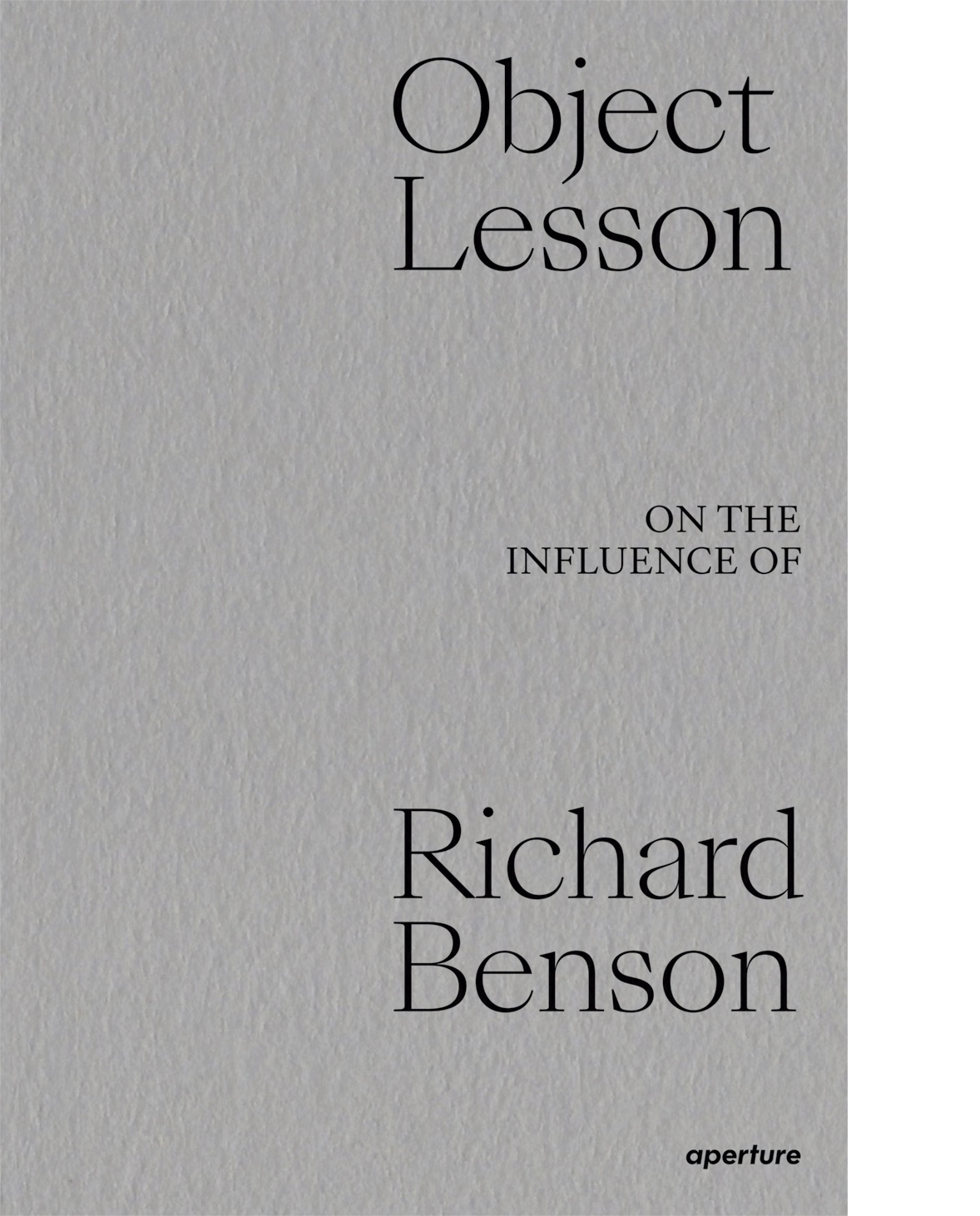
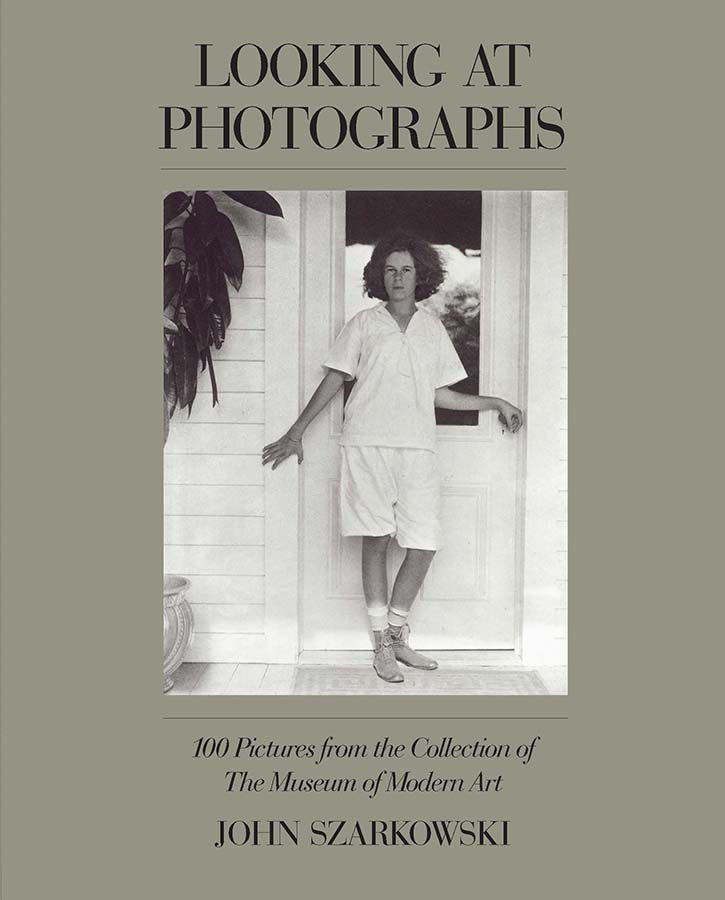
Of the many talented artists and creative co-workers featured in Object Lesson, it is John Pilson’s introduction where one finds a reference to John Szarkowski’s 1973 book Looking at Photographs. It was assigned reading in my undergraduate history of photography course, and my admiration for it continues to grow. Both Szarkowski and Benson—friends, fellow photographers, and co-conspirators in probing photography’s peculiar charms—offered their insight in delightfully accessible terms. These books aren’t exactly beach reads, yet they evoke for me a sensation akin to sunshine and sea air.
This text originally appeared in The Aperture PhotoBook Club newsletter. The Aperture PhotoBook Club brings together artists, makers, and photobook lovers. Sign-up for free to become a member.













